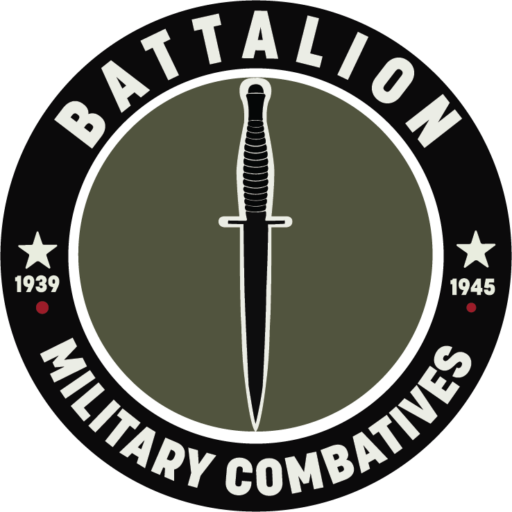FAQs
Will I Get Hurt?
How Fit/Healthy Do I Need To Be
You don’t need any specific level of fitness to get started! Training in something enjoyable and engaging will naturally help improve your fitness and keep you motivated. We will ease you into training at your own pace, and no one will push you beyond your comfort zone or capabilities.
Do I Need Any Equipment
Eventually you will want to buy your own, but the club will loan equipment to you for free as a beginner.
Are WW2 Combatives Suitable For Women
Absolutely! In fact, many of the original students of this combat system were women. During WWII, the Special Operations Executive (SOE) sent 39 female agents into occupied France, all of whom received combatives training. A well-known example is Nancy Wake, nicknamed the “White Mouse” for her skill in evading the Gestapo. During a raid, she used her training to kill an SS sentry, recalling, “They’d taught this judo-chop stuff with the flat of the hand at SOE, and I practiced it. This was the only time I used it—whack—and it killed him all right. I was really surprised.”
Are WW2 Combatives Suitable For Those With Disabilities
Are WW2 Combatives Suitable For Modern Self Defence
Do You Accept Children
Unfortunately, due to insurance restrictions, we are unable to accept children under the age of 16. However, individuals aged 16 and older are welcome to join with an adult guardian.

